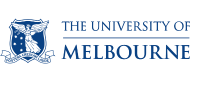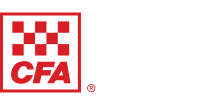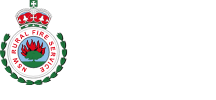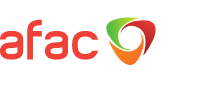
The aim of this research is to undertake an engagement process to better understand what makes a good fire simulator. The information from this project can be used to understand the strengths and weaknesses of current systems and provide guidance on how we can improve systems to benefit all users in the future.
This social research project aims to undertake a deep engagement process to understand better 'what makes a good fire simulator?'. The information can be used to understand the strengths and weaknesses of current systems and provide guidance on how we can improve systems to benefit all users in the future.
The key objectives are to establish a consultation process to determine who uses fire simulators, how they are used, and what decisions they support.
For each use case, investigate what makes a simulator 'good', and identify measures of what is 'good enough' for their intended decision-making purpose. This could include:
- time to produce predictions
- prediction accuracy (as determined by user needs - this is likely to include multiple criteria)
- computing requirements
- appearance and nature of outputs
- ease of use/simplicity
- reliability and stability
- representation of uncertainty
- academic foundation
- history of use in practice/testing
- ability to customise
- cost
These will be used to develop explicit criteria that will enable simulators to be evaluated and guide the development of simulators.
| Year | Type | Citation |
|---|---|---|
| 05/08/2025 | Report | What makes a good fire simulator final report |
| Date | Type | Title |
|---|---|---|
| 2 May 2023 | Presentation | Hamish Clarke - 2023 Natural Hazards Research Forum presentation |
| 3 May 2023 | Workshop material | 2023 Natural Hazards Research Forum workshop slides: Stream 1, Workshop 2 |
| 15 May 2024 | Presentation | Caitlin Symon - 2024 Natural Hazards Research Forum presentation |
| 20 June 2025 | Presentation | Caitlin Symon - Natural Hazards Research Forum 2025 presentation |
| 16 December 2025 | Hazard note | Hazard Note 9: What makes a good fire simulator? |





